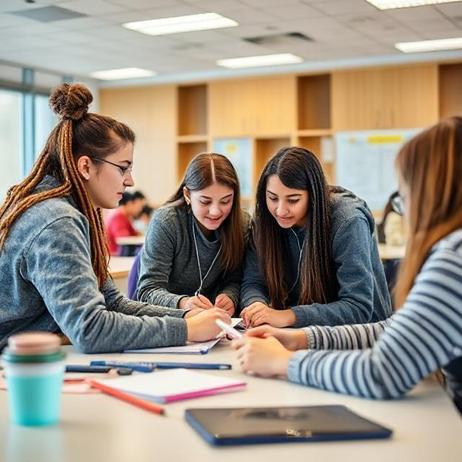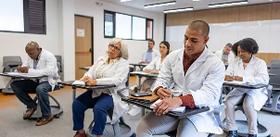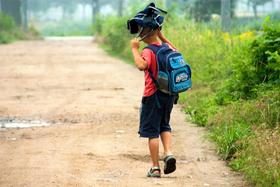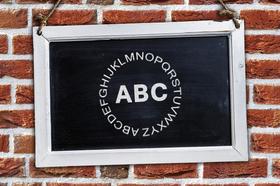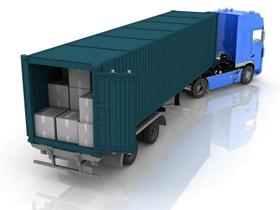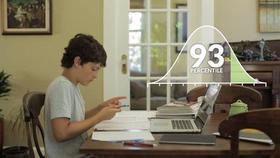Introduction
As high school education evolves, so do the ways teachers deliver instruction. For parents, understanding high school teaching methods is the key to partnering with teachers, advocating for your child, and making informed school choices. In 2025, classrooms increasingly balance proven pedagogy with innovations—such as AI integration, universal design, and real-world learning. This updated guide explores core instructional approaches, recent trends, and actionable questions you can ask your child’s school.
Key Traditions: Foundations of High School Instruction
Lecture and Direct Instruction
Still a foundation in many subjects—especially in math, science, and history—direct instruction involves structured lessons where the teacher presents content, models problem-solving, and leads guided practice. When done well, it is efficient and ensures coverage of core standards. But overly lecture-driven classes risk disengagement, especially for students who learn differently.
Discussion-Based and Seminar Style
Popular in humanities and social studies, discussion-based teaching emphasizes student voices. The teacher acts as facilitator, posing open-ended questions and encouraging debate. This method helps build critical thinking, communication, and interpretive skills—especially in literature, philosophy, or social sciences.
Project-Based Learning (PBL) / Inquiry-Based
In PBL or inquiry-based settings, students explore a real-world question, design investigations, and present their findings. This approach aligns with 2025 trends emphasizing student agency and applied learning. Brighterly In high school, a biology teacher might ask students to design a sustainable aquaponics system, or an English teacher might guide students to research a local social issue and produce a multimedia report.
Flipped Classroom
In flipped models, students consume lectures or content (e.g. video lectures, readings) at home and use class time for discussion, hands-on practice, or collaborative tasks. This shifts the role of the teacher toward a coach or learning guide, and can free up class time for deeper engagement and small-group support.
Blended and Hybrid Learning
Combining in-person and digital instruction, blended models allow flexibility. Students might alternate between physical class time and online modules, or engage with adaptive software in class. In 2025, many schools will use learning management systems or educational platforms to track student progress, integrate digital tools, and personalize instruction. kiddom.co
Differentiated and Universal Design for Learning (UDL)
Differentiation involves tailoring instruction to students’ readiness, interests, and learning profiles. Universal Design for Learning offers a proactive framework, providing multiple pathways for engagement, representation, and expression. In 2025, UDL is gaining traction as inclusive by design, rather than an add-on for special education. American College of Education
Competency-Based / Mastery Learning
Rather than advancing by seat time, competency-based models allow students to progress when they demonstrate mastery. This ensures gaps close before moving forward—and gives students some ownership over pacing and path.
Emerging Trends & 2025 Innovations
AI-Assisted Teaching
An increasing number of teachers now view artificial intelligence as transformative. Between 2024 and 2025, the share of educators who believe AI could reshape instruction doubled. Some districts use AI platforms to generate differentiated practice, support grading, suggest interventions, or create “smart tutoring” paths. However, many teachers express concern about training and misuse.
Microlearning & Modular Units
Rather than long lectures, content is broken into bite-sized lessons or micro-units with clear objectives. Students can digest targeted chunks before applying them. Educational trend reports identify microlearning as one of 2025’s fastest-growing pedagogical shifts. American College of Education
Outcomes-Based Contracting & Accountability
Some districts now adopt contracts tied to specific educational outcomes (e.g. reading growth, graduation rates). Rather than paying for “seat time” or programs, funders are demanding measurable impact. American College of Education
Social-Emotional Learning (SEL) Integration
Increasingly, high schools embed SEL—skills like self-awareness, resilience, and empathy—into lessons. For example, a literature class might include reflective journaling; a science project might require peer collaboration and process reflection.
Data-Driven Instruction & Real-Time Feedback
Many schools now use dashboards, analytics, and formative assessments to monitor progress. Teachers adapt instruction based on daily data and tailor support. kiddom.co
Equity and Culturally Responsive Pedagogy
In 2025, more schools emphasize culturally responsive methods—connecting curriculum to students’ backgrounds, explicitly addressing bias, and ensuring inclusive materials. The goal: teach rigorously while valuing all voices.
Why Teaching Method Matters for Your Child
Engagement & Motivation: Methods like PBL or hybrid learning can make school more meaningful and relevant.
Learning Differences: Students who struggle with traditional lectures often thrive with differentiated or UDL approaches.
Skill Development: Discussion-based and inquiry methods build higher-order skills—critical thinking, collaboration, communication.
Support & Scaffolding: In flipped or blended models, class time can focus on intervention and extension.
Ownership & Agency: Competency-based or modular methods allow students to pace themselves—important for motivated learners or those needing remediation.
A 2025 Snapshot: Trends & Context
In 2025, average private school tuition in the United States is projected at $14,999 for K–12. Private School Review
Over the year ended July 2025, elementary and high school tuition and fees rose 3.1%, reflecting inflation and increasing costs.
Education leaders cite budget constraints, student mental health, and staffing as key challenges reshaping pedagogy.
According to an OECD report, systems are being asked to be more resilient amid disruption—pushing innovation into teaching and learning models.
Real-World Examples & Voices
Riverview Preparatory (fictional example for illustration)
This school adopted a flipped + project-based model in 2023. In 2025, their surveys show 85% of juniors feel better prepared for college-level work, citing more active class time for discussion and feedback.Educator Insight
“I no longer lecture for 45 minutes,” says Ms. Patel, a veteran biology teacher. “Instead, students watch a 12-minute video at home; in class we dive into experiments or problem-solving together. It gives me space to support students who struggle, and to challenge those ready to go further.”
What Parents Should Ask / Look For
When touring a high school or meeting with teachers, consider asking:
How do teachers vary instruction to reach different learners?
Do students ever work on projects or inquiry-based tasks? In what subjects?
Is class time used for collaborative work, intervention, or extension—rather than just lecture?
How is technology or AI integrated, and how are teachers trained to use it responsibly?
How do you assess learning throughout the term (formative assessments, short cycles)?
How is SEL or student well-being embedded in classes or routines?
Are there multiple ways students can demonstrate mastery or understanding?
These questions align with quality practices documented in school research and evaluation models—practices that help distinguish a school’s pedagogical ambition.
Conclusion
Understanding high school teaching methods empowers you, as a parent, to engage critically with educators and support your child’s learning in 2025 and beyond. While lecture and discussion remain staples, modern classrooms increasingly include project-based learning, adaptive technology, AI support, and equity-driven methods. In evaluating schools or engaging with your child’s teachers, ask thoughtful questions about daily practice—not just stated philosophy. The best teaching method is often the one that supports growth, not just content coverage.

